
SCOTT Prospect Snow Cross Goggle Review
The SCOTT Prospect Snow Cross is the company’s flagship goggle geared for snowmobilers.
While you don’t see SCOTT goggles on the helmet of as many sledders as perhaps some other brands, the company has been around longer than most; SCOTT has been producing outdoor recreation gear and equipment since 1958 and making goggles for powersports users since 1970. In short: they know what’s up.
Here’s our review of the SCOTT Prospect Snow Cross Goggle with Photochromic light sensitive lens.

SCOTT Prospect Snow Cross Goggle Review
Comfort
You’d be hard pressed to find a goggle that provides more comfort for your face. The Prospect Snow Cross foam is a lot like the sectional couch in your TV room—big, soft and cozy.

I discovered that the width of the foam is actually slightly wider than the eye port of the 509 helmet I paired with the goggles for this test. This has a couple of benefits:
- It creates an efficient seal with the helmet that prevents any wind from getting by the foam and creating cold points on the forehead/temples/cheeks.
- The foam also does a great job of preventing hot breath from invading the inside of the goggles and creating an icy mess inside.

One slight downside is that with the breathbox installed in the 509 helmet, combined with the plushness of the google foam, the tendency is to push the goggles away from my face slightly, reducing the effectiveness of the wide field of view. Nothing tragic though, and I can’t blame the goggles for what happens when you add extra material under them, or how they interface with a helmet from another manufacturer.
I like that the nose cutout is spacious and comfortable. There is no pinching that might cause restricted breathing through the nose, even for folks with wide beaks. And for skinny nosed folks, the foam still maintains a good seal. Very premium feeling.

Fogging
The Prospect Snow Cross LS features a hydrophilic coating that helps to prevent fogging. Fresh out of the box, it really works. On a warm and snowy day (amongst the worst conditions for fogging), this was not an issue at all—even with the helmet breathbox removed. For the sake of comparison, my old pair of 509 that I switched to (after dumping a bunch of snow inside the SCOTT goggles) in the same conditions suffered horribly from fogging. But, to be fair, I have long ago wiped off any anti-fog coating those many have had, so this is not a perfect analogy.

But! It is also a good reminder that anti-fog coatings can be destroyed by inappropriate wiping of wet lenses, or with abrasive materials like paper towel. As long as you’re careful about preserving that coating, you’re in the clear.
I must assume that SCOTT’s air control system plays a big role in maintaining this clear vision also. The system uses strategically placed venting; the intake vents are located on the goggle lens, and the exhaust vents are located on the bottom of the google. I’m not sure how this actually works (since my intuition tells me that heat rises and should exhaust out the top), but hey, it does.
Photochromic Lens
The future is now! If you’re not sporting a photochromic lens yet, what are you doing? Seriously though, these light adapting lenses are the cat’s meow. As long as they somehow don’t get caked in snow from faceshots, you may never need to swap goggles again.
The Prospect Snow Cross LS goggle we tested uses SCOTT’s Bronze Chrome light sensitive S1-3 lens. Well, what the heck does that mean?
SCOTT uses a scale to indicate the lighting conditions each lens is best suited for, ranging from S0 to S4. Here’s the scale:
S0 – Clear or slightly tinted lens for cloudy conditions, 80%-100% transmission
S1 – Light filter for mixed cloud and sun, 43%-80% transmission
S2 – Medium universal filter for sunny conditions, 18%-43% transmission
S3 – Dark filter for bright sun, 8%-18% transmission
S4 – Very dark filter for bright sun and strong reflections, 3%-8% transmission
So with S2 being considered the “universal” lens, our tested photochromic lens extends the versatility by one rating in each direction from S1 to S3. This means you get a lens that will automatically adapt to be suitable for most conditions, with the far exceptions of nighttime or the very brightest conditions with a lot of glare.
The catch to a photochromic lens is that it can sometimes be always just either a little too dark or a little too light, based on individual eye senstivity. Not the case with the Bronze Chrome Photochromic S1-3 in my personal experience. SCOTT nailed the light transmission with this one, and it feels just right in the lighting conditions I’ve experienced thus far with mixed, mid-winter overcast conditions.
I have yet to try the lens on a very bright day. But when I do, I will be comforted to know that all SCOTT lenses are engineered to block 100% of damaging UVA and UVB ultraviolet rays.
One last thing of note is that our Bronze Chrome lens has a blue tint to it (from the wearer’s perspective) which I didn’t expect, but got used to pretty quickly.

Lens Swapping
With the versatility of the photochromic lens, the necessity to swap out lenses for changing conditions is greatly reduced.
Thankfully that’s the case, because swapping lenses on the Prospect goggle is not as easy as I would like. It sounds simple enough in theory—just pop open 4 holding clips, remove the frame, insert the new one into the grooves and close the clips. But in practice, the clips are a little finicky and it’s a bit tricky to seat the lens all the way around in the groove.
That said, there is nothing extraordinarily difficult about this process for anyone who’s swapped a goggle lens before. It’s just that there are better systems for swapping lenses out there today (including a magnetic lens swap option in SCOTT’s own ski/snowboard line of goggles).
But, as I said earlier, with the versatility of this particular lens thanks to its photochromic nature, this really isn’t a dealbreaker especially given that most riders generally pack a backup pair of goggles with a different lens anyway.
The yin to that easy-lens-swap yang is the goggle maker’s use of a ‘Lens Lock System’ that is guaranteed by SCOTT to be the safest lens retention on the market. So it boils down to a matter of preference. Do you want a lens that is easy to swap, or one that isn’t going to pop out in a crash and stab you in the eyeball? Your choice, sailor.

Strap
The Prospect Snow Cross LS features a good quality strap that gets the job done. It uses a thin double row of silicone on the inside that provides just the right amount of stickiness to hold your strap in place without being excessively tacky like some goggles I’ve used before (or alternatively, slopping around).

The Prospect Snow Cross goggle uses just the right amount of silicone on the strap to keep it secure without being too tacky.
The outriggers do a good job of getting your strap out to the side so it is not struggling to wrap around the thickness of your helmet shell and causing weird fitment issues. The outriggers do add a bit of bulkiness to the google when it is stowed away in your pack for example, but this is a very minor thing hardly worth mentioning.
Style
The SCOTT Prospect Snow Cross is a good looking goggle. If you count the standard, non-LS model also, you’ve got 10 styles to choose from this winter. I really dig some of the retro styles available.

Price
You can find these goggles online in a range of CAD $130-160 depending on model, lens, availability and so forth. For a flagship goggle from a reputable manufacturer, this is a fantastic value.
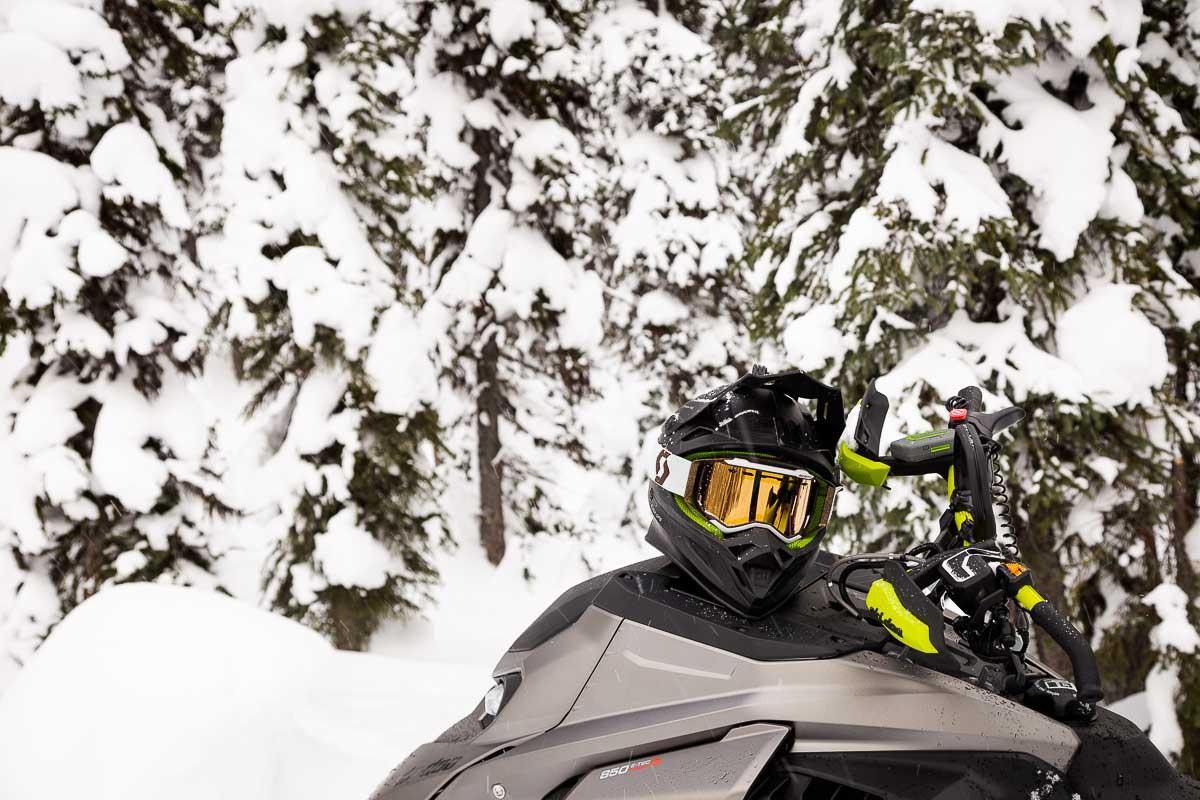
SCOTT Prospect Snow Cross Light Sensitive Goggle Review Summary
Pros:
- Light sensitive lens has great versatility and reduces the need for lens/goggle swaps
- Super comfortable face lining
- Resists fogging well
- Very reasonably priced
Cons:
- Lens swaps could be easier
- No heated lens option

At this price, you’d be hard pressed to find another goggle with premium quality and features. The SCOTT Prospect Snow Cross Goggle ticks a lot of boxes, including the all-important ‘anti-fog’ criteria.
The face foam is the softest I’ve felt, with a wide, cushy lining. Overall the goggles fit helmet, opening and face well.
I’d recommend shelling out a few extra bucks for the ‘Light Sensitive’ photochromic lens version of this goggle, which will give it much more versatility and eliminate just about any lens swapping ideas you might have, with the rare exception of the very brightest or nighttime lighting conditions.
A couple of items I’d like to see from SCOTT in their flagship goggle down the road are a quick lens swap mechanism and the option for a mechanically heated/vented lens, but those extra premium features will come with additional cost if/when they are made available.
For now, you can hardly go wrong with the great value offered by these quality goggles.
Patrick Winlsow @ sleddermag











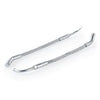
















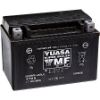



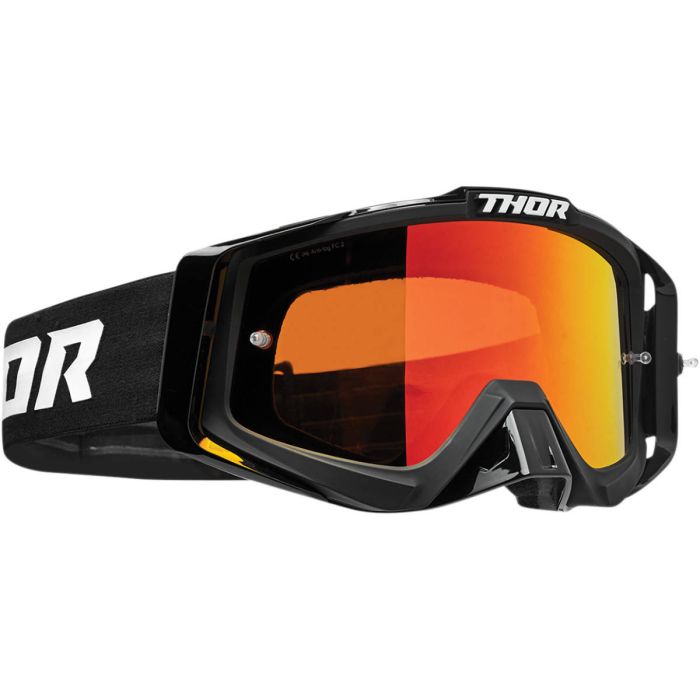






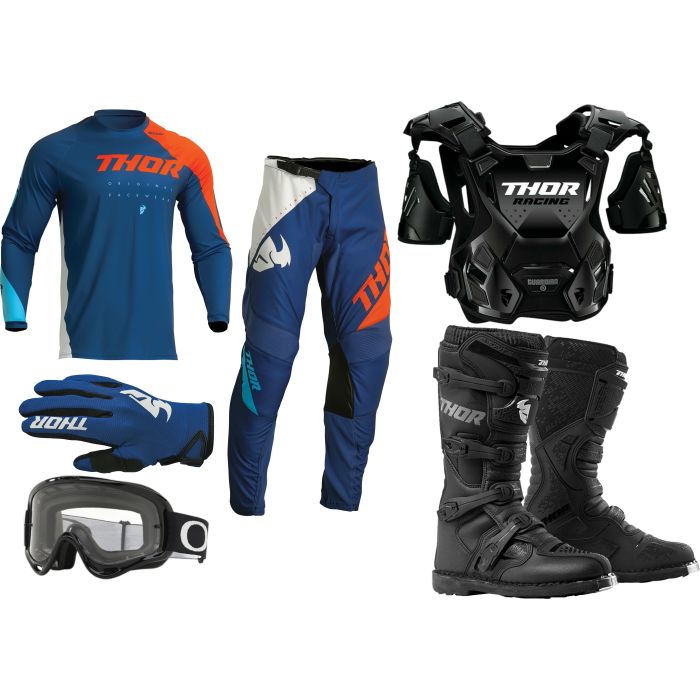
Laisser un commentaire